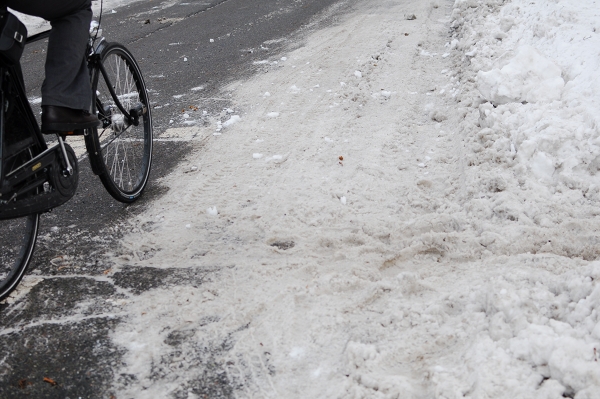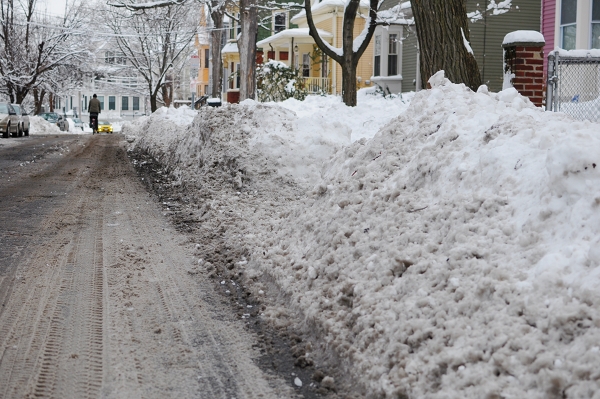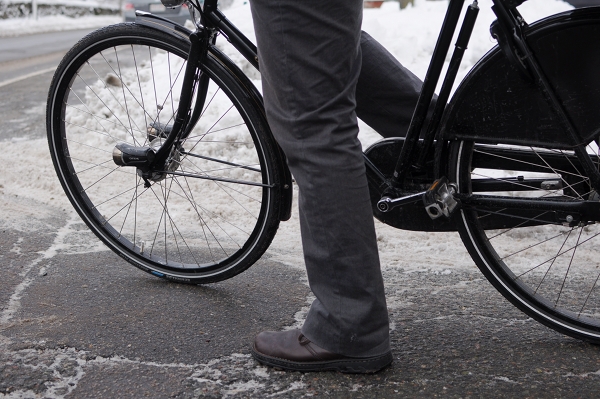
first impressions
ou can hurt with your words but sometimes you can hurt more with your silence.





























 The campsite. The Picnic table and fire ring are hidden behind the van.
The campsite. The Picnic table and fire ring are hidden behind the van. Taken on the first day at the park.
Taken on the first day at the park. The lagoon and marsh area. Also taken on the first day.
The lagoon and marsh area. Also taken on the first day. It was still rather cloudy at 5 o'clock on Friday.
It was still rather cloudy at 5 o'clock on Friday. But by 5:25 most of the clouds had been blown away by the wind.
But by 5:25 most of the clouds had been blown away by the wind.
The elder Hans Jacob acquired 124 acres of land through agents John Herr and Martin Kendig in 1730, "about one mile due southwest from the present village of New Providence, near Big Beaver Creek."
A more garbled account by the same authors gives similar information in a history of the town of New Providence: "A man by the name of Powpather had a large tract of land close by, if not altogether in the limits of the present village. His land extended westward. When he divided his land among his children he changed the name on their deeds to 'Brubaker.'"
The location of the first Jacob Brubacher's land is still uncertain. The most probable tract is the one consisting of 318-plus acres, for which Henry Herr obtained warrant, survey, and patent in 1762 and which was located one mile or more south-southwest of the village of New Providence.
"The deceased owned about 150 acres in what was then Martic Township. Because his personal estate was insufficient to pay all expenses, a sale of 60 acres of his land was contemplated, but the family later agreed to sell the whole tract. Jacob Graeff was the highest bidder of £114 at the sale which took place on April 27, 1757, but the court refused to confirm the sale when Thomas Smith, a local resident, appeared and claimed that others present at the bidding did not have time to submit their bids. On December 31, 1757, another sale was held on the premises. This time Henry Herr purchased the farm for £130 5s. and agreed to take responsibility for the widow's bequeathments. When the estate was settled, a final balance was equally divided among the four inheriting children, each of whom received £17 10s. 9d. Henry Herr may have been a close friend or relative; the year before the sale, minor child Abraham Brubacher chose him as guardian."


A Drought of a Tract of Land Situate in Martick Township in the County of Lancaster Containing in the whole 107 as & 166 pr & the usual allowance of Six P Cent for the Roads &c 72 as & 76 pr & the usual Allowance Surveyed in pursuance of a warrant dated the 8th of March AD 1759* Granted unto Jacob Brubacker and 35 as & 90 pr and the usual Allowance, being part of a Larger Tract Containing -
Surveyed in pursuance of a Warrant dated the 8th of March AD 1759 Granted unto Thomas Smith &c Surveyed the above tract of Land for Abraham Brubaker the 11th day of January AD 1810.
Jacob Hibshman D.S.
* Brubacker's Warrt is Dated 20 July 1748



Jacob Prowpather 124 acres & the allowance of Six pcent situate on a Branch of Beaver Creek in the County of Lancaster Surveyd to him in right of Martin Kendrick & John Heer [sic: Herr], the 4th of November 1730.
Jno. Taylor.
Warrt. 22 November 1717.
Returned &ca. Novr. 29th 1764 for the use of Martin Funk in pursuance of a Warrt. dated the 26th day of Novr. 1764 now Situate in Martick Township in the County of Lancaster.



 One challenge to expect when cycling in the winter, is that bicycle lanes tend to "disappear" - either under snow banks, or under cars that take overthe bike lane when snow covers their parking spots.
One challenge to expect when cycling in the winter, is that bicycle lanes tend to "disappear" - either under snow banks, or under cars that take overthe bike lane when snow covers their parking spots. The pictures here are of Day 3 after our latest snow fall, and the plows have been working continuously. Still, the snow banks cover a good three feet or more of the the righthand side of the road in both directions.
The pictures here are of Day 3 after our latest snow fall, and the plows have been working continuously. Still, the snow banks cover a good three feet or more of the the righthand side of the road in both directions. For those who live in areas with well-developed cycling infrastructure, this change can be especially difficult: Accustomed to traveling almost exclusively via bike lanes, having to now cycle directly with car traffic can be a bewildering experience. That is one reason I think it is important to get comfortable with "vehicular cycling" even if it does not seem like you need it. Once the snow arrives, there is no way to tell what part of your journey will have the familiar bike lanes available and what part will dump you directly into the traffic lane.
For those who live in areas with well-developed cycling infrastructure, this change can be especially difficult: Accustomed to traveling almost exclusively via bike lanes, having to now cycle directly with car traffic can be a bewildering experience. That is one reason I think it is important to get comfortable with "vehicular cycling" even if it does not seem like you need it. Once the snow arrives, there is no way to tell what part of your journey will have the familiar bike lanes available and what part will dump you directly into the traffic lane. While side streets are quieter than main roads, the drawback is that they are not plowed as thoroughly. Here you can see that even the narrow space in the middle of the street is covered with a layer of snow. The car and the cyclist ahead must carefully navigate around each other in sharing this space, ideally at low speeds.
While side streets are quieter than main roads, the drawback is that they are not plowed as thoroughly. Here you can see that even the narrow space in the middle of the street is covered with a layer of snow. The car and the cyclist ahead must carefully navigate around each other in sharing this space, ideally at low speeds. In addition to the limited space, there is also a greater number of obstacles in the road than usual: There are newly formed pot holes, which are not infrequently iced over, and also just chunks of snow and ice strewn all over. Cycling can feel like a technical trial, where the cyclist is forced to do a little dance to avoid ice chunks on one side and potholes on the other - all while remaining keenly aware of the presence of cars behind them.
In addition to the limited space, there is also a greater number of obstacles in the road than usual: There are newly formed pot holes, which are not infrequently iced over, and also just chunks of snow and ice strewn all over. Cycling can feel like a technical trial, where the cyclist is forced to do a little dance to avoid ice chunks on one side and potholes on the other - all while remaining keenly aware of the presence of cars behind them. I am not one to sensationalize the supposed dangers of cycling. But when the roads start to look like this, I think it is important to be aware of the potential pitfalls. All the things you took for granted earlier - from the texture of the asphalt, to the way your bike handles, to the availability of bike lanes, no longer hold true.
I am not one to sensationalize the supposed dangers of cycling. But when the roads start to look like this, I think it is important to be aware of the potential pitfalls. All the things you took for granted earlier - from the texture of the asphalt, to the way your bike handles, to the availability of bike lanes, no longer hold true. When the weather is like this, all you can do really is know what to expect - and use your judgment to determine whether you can handle it. While the presence of bike lanes is not particularly important to me, the loose chunks of hard snow and ice are what deters me from cycling just now. It's too stressful to navigate around them while dodging cars, so I will wait it out. The Co-Habitant, on the other hand, is delighted to ride in these conditions. To each their own!
When the weather is like this, all you can do really is know what to expect - and use your judgment to determine whether you can handle it. While the presence of bike lanes is not particularly important to me, the loose chunks of hard snow and ice are what deters me from cycling just now. It's too stressful to navigate around them while dodging cars, so I will wait it out. The Co-Habitant, on the other hand, is delighted to ride in these conditions. To each their own!